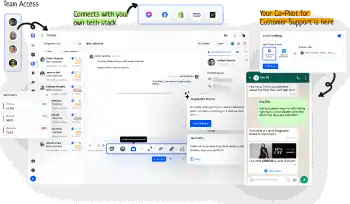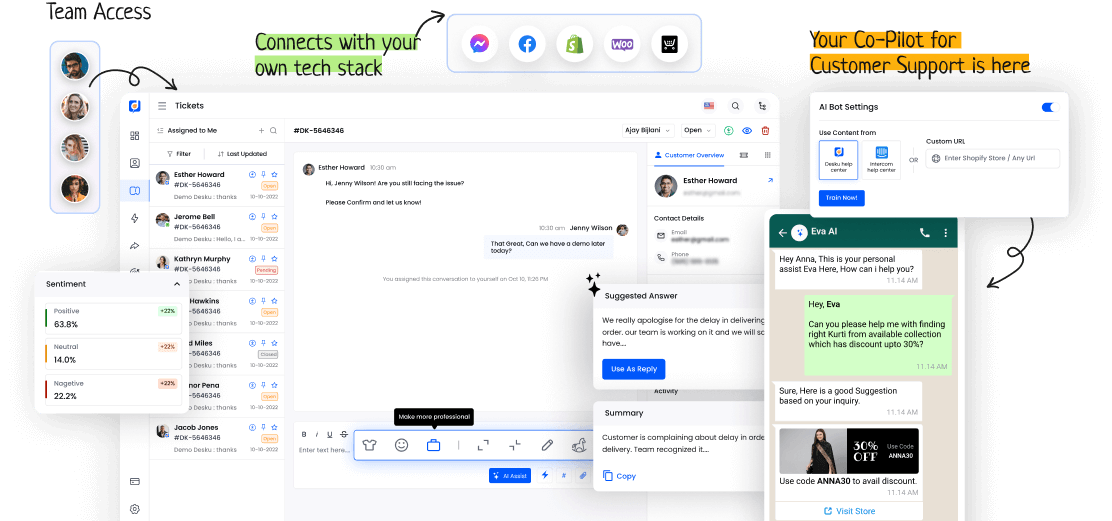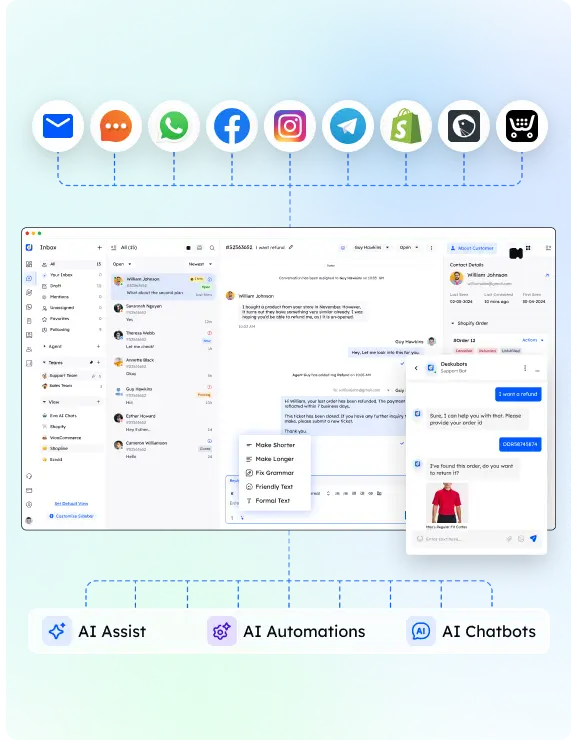In computing, 'bug' is a term that stumps software developers. Bugs look like simple technical hitches. But they mean more than just inconvenience.
Finding a bug's root cause exposes a tangle of complexities. It shows the deep connection of code, design, and user experience.
Our journey into bugs will reveal these hidden complexities. It provides insight into the heart of software development.
I. Understanding the Concept: "Bug"
In computing, a 'bug' means a mistake or error in software. This mistake leads to unexpected behavior. Bugs often come from coding errors, unclear requirements, or complex software.
To stop bugs, test thoroughly. Review the code. Use automated testing tools. Follow good practices in software development. These strategies help developers cut down bugs. They make the software products better.
II. Bug Identification in Software Development
What's the best way for developers to spot bugs during software development?
Finding the source of bugs is key for quick and effective debugging. Developers use different debugging strategies. These include step-through debugging, logging, and automated testing. They use these to find and fix issues.
III. The Impact of Bugs on User Experience
Identifying bugs in software development is crucial because of their significant impact on the user experience. Users often feel frustrated when they stumble upon software glitches, a byproduct of these bugs.
These problems can result in a drop in user satisfaction and faith in the product. Therefore, developers must give priority to fixing bugs to ensure a seamless and pleasing user experience.





